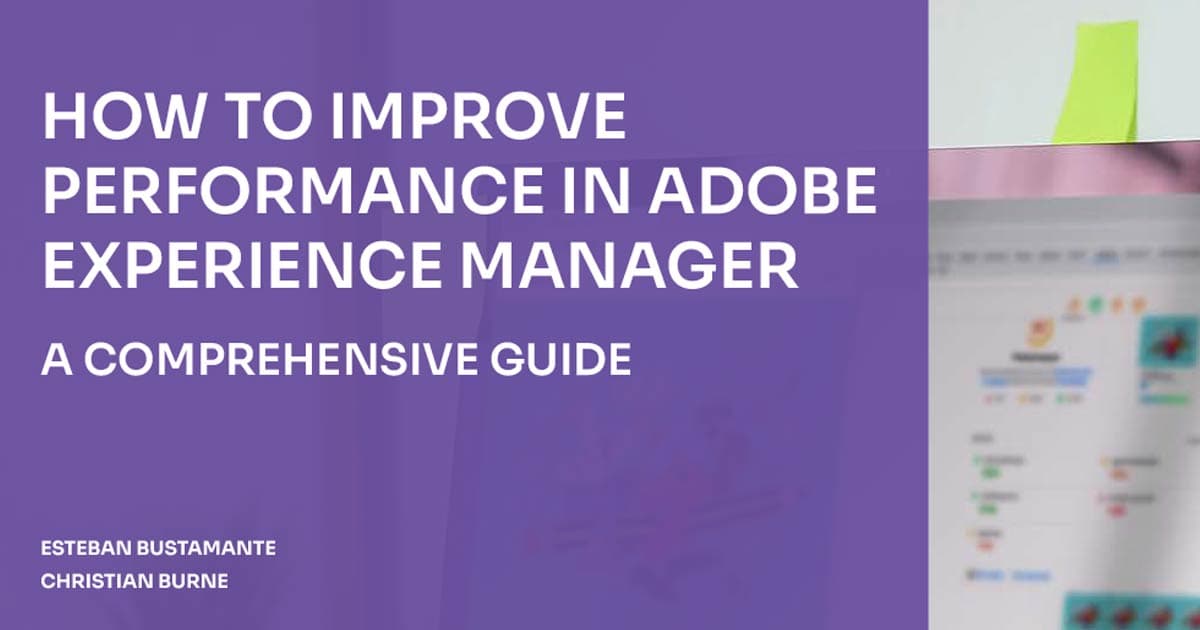

Oct 11, 2024
Page performance has been a hot topic in web design and implementation for several years. Google has said page performance is a key signal in its rankings. Poor page performance can be the difference between the top of the first search results page and the bottom of page two while your competitors are getting those eyeballs.
At Oshyn, we’ve always strived to build sites with performance in mind and to incorporate page performance testing into our regular UX Development work cycles. This is the best way to ensure it happens with the lowest possible effort (see Shift Left Testing).
At the same time, Gartner has recommended composable architectures for websites and the entire business. In 2022, they stated that 70% of companies would use “composability” as a key criterion in selecting new technology. Software vendors have followed suit with the advent of headless CMS, and all portions of the DXP can now be composable.
After a few years of implementing composable web architectures for customers, composable and headless benefit claims have proven elusive in the real world with varying degrees of proof. However, one benefit that has proven to be essential and attainable with a composable architecture is page performance. The single must-have of a re-implementation using composable is to “solve my page performance problem,” which is typically measured by Google Lighthouse scores with the discrete metrics of LCP (Largest Contentful Paint), TBT (Total Blocking Time, TTFB (Time to First Byte), FCP (First Contentful Paint), CLS (Cumulative Layout Shift), CLS (Cumulative Layout Shift) and the new INP (Interaction to Next Paint). These metrics, tracked in real-time by Google, make up the Core Web Vitals and provide a way to measure real users’ experiences on your site.
Here is a collection of real-world cases where page performance impacted companies' business results. These are long-term studies with lots of data, so they aren’t just anecdotal stories.
- 13% improvement in Conversions with an LCP of around 1 second - Renault
- 24% lower session abandonment on shopping sites when meeting Google’s CWV -Google
- 8% increase in sales and 11% increase in cart value per visit with a 31% improvement in LCP - Vodafone
- 42% increase in revenue from mobile visitors with a 23% lower page load time -Swappie
- 100% increase in weekly card views on the streaming platform after dropping INP by 60% - Disney+ Hotstar
- 1% uplift in click-through rate by reducing INP by 50% - Trendyol
- 43% reduction in bounce rates after passing Google’s CWV -Economic Times
- 30% improvement in advertisement click-through rate with 50% reduction in LCP time -Terra
Improving your site’s page performance can be a significant undertaking. While it’s certainly possible to improve performance metrics without redesigning your site and making it composable, it can be much easier with a composable architecture.
Measuring your site using Oshyn’s Reliability Report is a great place to start your performance tuning journey. If you are considering your options for going composable or want to optimize your site's page performance as it is, we’d be happy to help. Just drop us a line.
 |
 |
Related Insights
-

-

Oshyn
How To Improve Performance in Adobe Experience Manager
A Comprehensive Guide
-

 Jonathan Guerra
Jonathan Guerra
-

Oshyn
Why Am I Having Sitecore Performance Issues?
Configuring Sitecore XP and XM for Speed





